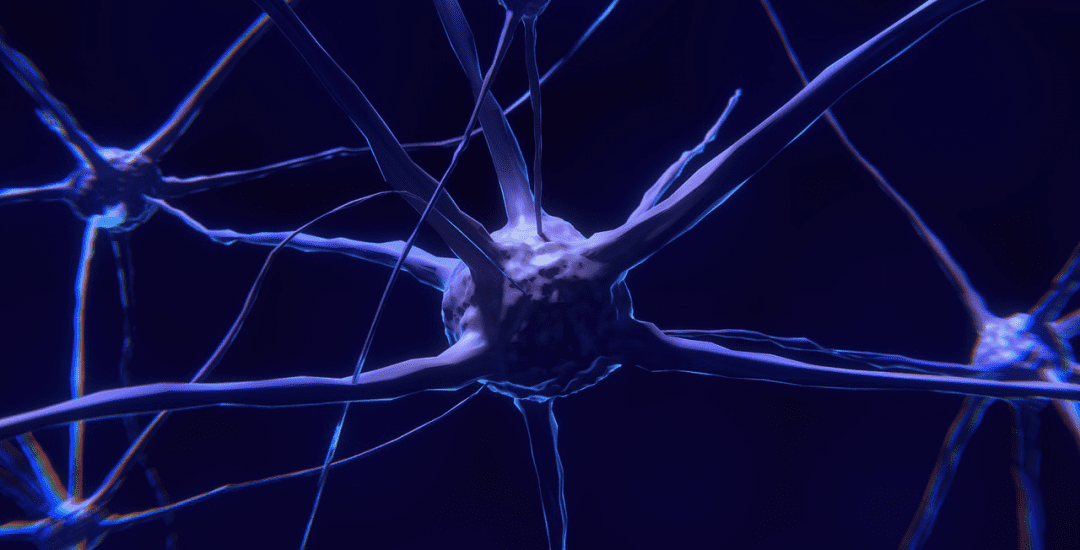Precise temporal control of neuronal development is critical for proper assembly of the nervous system. However, this temporal control also limits the regenerative capacity of the nervous system during normal aging of animals. The limited regenerative capacity is especially evident in the aged nervous system (CNS), and is the reason why traumatic brain injuries or other age-related neurodegenerative diseases have such devastating consequences.
The review “Timing of Neuronal Plasticity in Development and Aging” provides an overview of the many key pathways and neuronal clocks that have been linked to the regulation of regenerative capacity, and highlights that necessity of further investigation into the temporal switches responsible for proper development and reorganization of the nervous system and age-related decline in regeneration.
This review highlights microRNAs regulatory circuits as specialized biological clocks for neurons. After their discovery in the nematode worm C. elegans, microRNAs have been identified across the phylogenetic tree. They are a class of short chain ribonucleic acids that directly bind to target genes’ RNA transcripts and thereby inhibit the translation of these transcripts to functional proteins. Progressive increase of microRNAs can thus reduce the production of key regulatory proteins and cause substantial changes in neuronal plasticity.
In addition to compiling the evidence of lin-4 and let-7 microRNA involvement in temporal control of neuronal development and aging in C. elegans, this review argues that microRNAs must be explored as temporal switches in the vertebrate neuronal systems. The temporal regulators of regenerative capacity of the nervous system are still a largely unexplored phenomenon. However, C. elegans likely continues to be a key model system to reveal the conserved molecules that can be manipulated in neurons to promote a more regenerative state of the nervous system.
Kindly contributed by Chieh Chang.

















